

Birdlife has been declining in the New Zealand bush for many years, mainly due to introduced predators such as rats and stoats. Professor Dave Kelly and Jenny Ladley of the University of ...
READ MORE
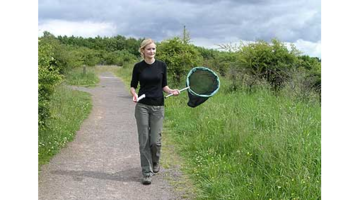
Citizen scientists are volunteers who participate in scientific projects. They work in partnership with scientists to answer interesting and relevant questions. When involved in environmental ...
READ MORE

Position: Head of research, Plant & Food Research. Field: Honey bees and pollination. For Dr Mark Goodwin, working with pollination has its challenges. Most crop plants only flower for a few ...
READ MORE

Challenge students to explore and observe kōwhai trees with a particular focus on the seeds. Initially, students may only notice the seed pods hanging from the kōwhai trees, but after some ...
READ MORE

Collecting kōwhai seeds from outside the classroom and then growing them inside breaks down the perception that learning only happens in the classroom. This activity will provide students with ...
READ MORE

In this activity, students place small stickers (tags) onto caught or newly emerged monarch butterflies and release them into the environment. The tag number, information about the butterfly and ...
READ MORE
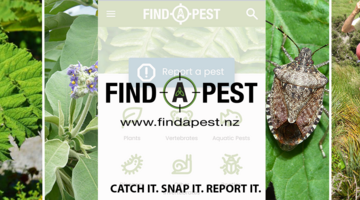
The free Find-A-Pest app makes it easy to report and identify possible pest species. Wherever you are, you can help protect Aotearoa New Zealand’s primary industries and native species in two ...
READ MORE
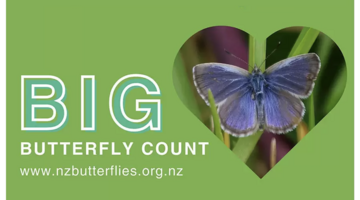
This New Zealand-based citizen science project collects data about butterflies in our gardens, schools, parks and farms – any location in the country or on the outer islands. This annual event – ...
READ MORE
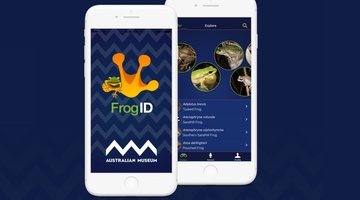
FrogID is an Australian app that uses audio of frogs’ unique calls to identify various species and their locations. We can use it in Aotearoa New Zealand to record the location of introduced ...
READ MORE
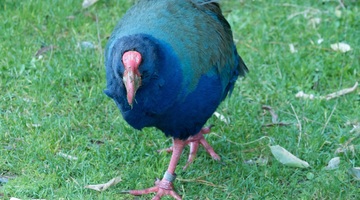
This class case study provides an example of introducing ethical thinking into the classroom to explore a controversial issue in science. It shows how the ethical frameworks in the Ethics ...
READ MORE

In this recorded professional learning session, Shanthie Walker from DOC and Lyn Rogers explore resources and ideas to support your students’ learning outside the classroom. They model a process ...
READ MORE
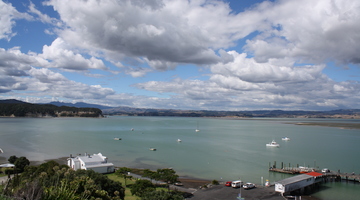
With 75% of New Zealanders living within 10 km of the coast, many students will be familiar with estuaries. In scientific terms, estuaries are the interface between the land and the sea – the ...
READ MORE
Many New Zealand birds have declined in numbers, so Dave Kelly and Jenny Ladley of University of Canterbury study the effect this has on native bird-pollinated plants. Dave explains the need to ...
READ MORE
The Rhabdothamnus plant relies on bellbirds and stitchbirds for pollination. Dave Kelly of the University of Canterbury explains that, where these birds are absent, the plants are not surviving ...
READ MORE
Dave Kelly of the University of Canterbury explains how some introduced birds can pollinate native flowers, but they don’t very often. His assistant Jenny Ladley helps study bird pollinators in ...
READ MORE

The marine environment of the Auckland Islands in the New Zealand Subantarctic Islands group is home to a diverse range of species. Use this interactive image to learn about this diverse ...
READ MORE
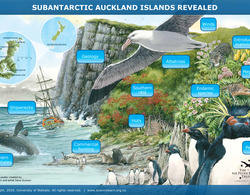
An interactive overview of the Auckland Islands. Click on the labels for more information. Select here to view the full transcript and copyright information.
READ MORE

This slideshow, from the webinar Inquiry outside the classroom, provides additional support for the video tutorial. Use the Slideshow menu for further options, including view full screen, and go ...
READ MORE